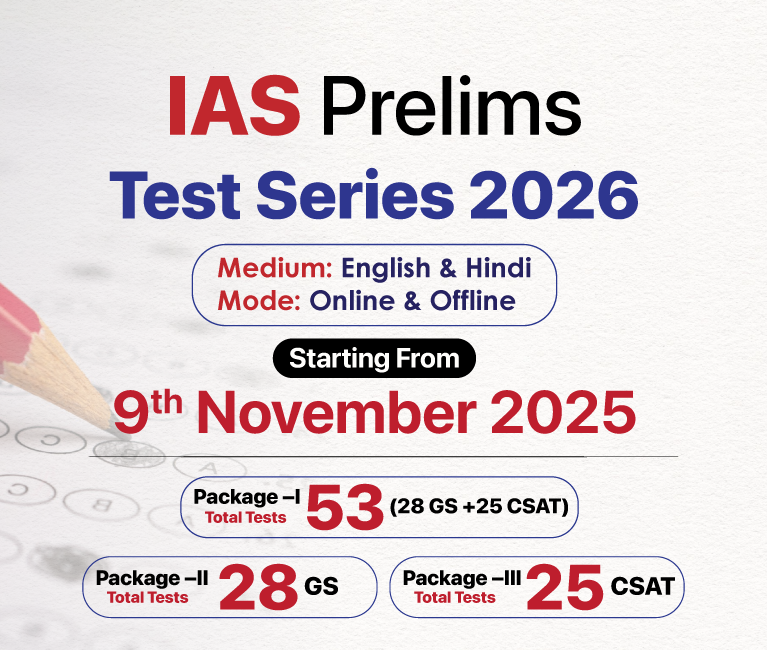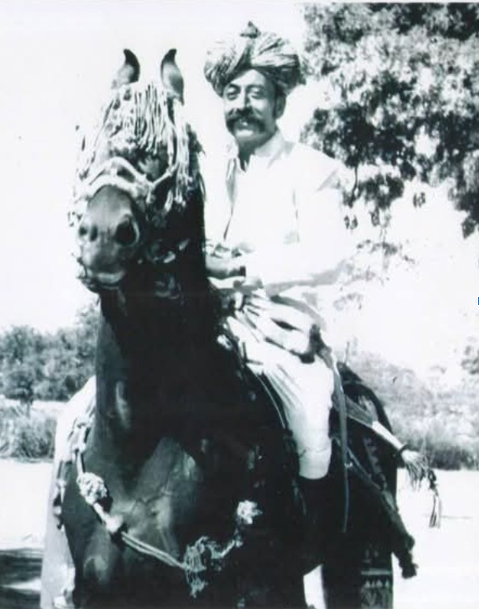Rajasthan Switch to Hindi
Adopt a Tourism Site Initiative
Why in News?
Rajasthan’s tourism department is introducing the "adopt a tourism site" initiative as part of the Rajasthan Tourism Policy 2025 to modernise the tourism ecosystem.
Key Points
- Scheme Objective: The initiative aims to invite private players, local communities, and tourism stakeholders to restore, manage, and operate heritage and eco-tourism locations.
- Sustainable Model: It is designed to create a sustainable, revenue-supported model for maintaining major tourist destinations, including temples and eco-tourism sites, reducing government burden.
- Adoption Period: Partners can adopt sites or amenities for a minimum period of five years, assuming responsibility for development, upkeep, and management of visitor facilities.
- Commercial Activities: The model allows the introduction of commercial and semi-commercial activities in adopted zones to generate funds for self-sustaining maintenance.
- Local Integration: Partners will set up shopping arcades with local cuisine, handicrafts, arts, and traditional products, benefiting local artisans and enhancing the visitor experience.
- Livelihood Creation: The scheme is expected to create new livelihood opportunities for local artisans by promoting Rajasthan's unique culture and products.
- Tourism Enhancement: The policy encourages partners to improve the tourism value chain, with amenities like cafeterias, restaurants, and curated souvenir shops.
- Night Tourism: The department is exploring flexible operational hours, including potential all-night access to select high-footfall sites to boost nighttime tourism and revenue.
- Future Guidelines: Detailed operational guidelines, including a list of eligible sites and permissible amenities, will be released soon as part of the implementation of the Rajasthan Tourism Policy 2025.
Rajasthan Switch to Hindi
Defence Minister to Unveil 1971 War Hero's Statue
Why in News?
Defence Minister Rajnath Singh will unveil a statue of Thakur Balwant Singh in Bakhasar village, Barmer district, Rajasthan, on 13th December 2025.
Key Points
- War Hero: Thakur Balwant Singh played a crucial role in supporting the Indian Army during the 1971 India-Pakistan war, especially during the Chhachhro Raid.
- Contribution: His local knowledge and bravery helped the Indian Army capture Chhachhro in Sindh and drive out the Pakistani forces.
- Recognition: In honour of his contributions, criminal cases against Singh were withdrawn, and he was granted two all-India weapon licenses.
- Legacy: Thakur Balwant Singh passed away in 1991, and his legacy is being commemorated with the unveiling of the statue.
Shimla Agreement, 1972
- It was signed on 2nd July 1972 after the 1971 Indo-Pak War, which led to the creation of Bangladesh.
- It was negotiated by PM Indira Gandhi and Pakistan's President Zulfikar Ali Bhutto to normalise relations and establish peace.
- Objectives:
- Resolve the Kashmir issue bilaterally, preventing internationalisation.
- Improve Indo-Pak ties based on the new regional power balance.
- India refrained from making the ceasefire line a permanent boundary to prevent further resentment in Pakistan.
- Key Provisions:
- Conflict Resolution: Issues to be resolved bilaterally and peacefully.
- Line of Control (LoC): Both sides agreed to respect the LoC in Kashmir, established after the 1971 war, and not alter its status unilaterally.
- Troop Withdrawal: Forces to withdraw to their respective sides of the international border.
- Future Diplomacy: Provisions for continued dialogue and repatriation of prisoners of war.


.png)








.png)


.jpg)



 PCS Parikshan
PCS Parikshan


